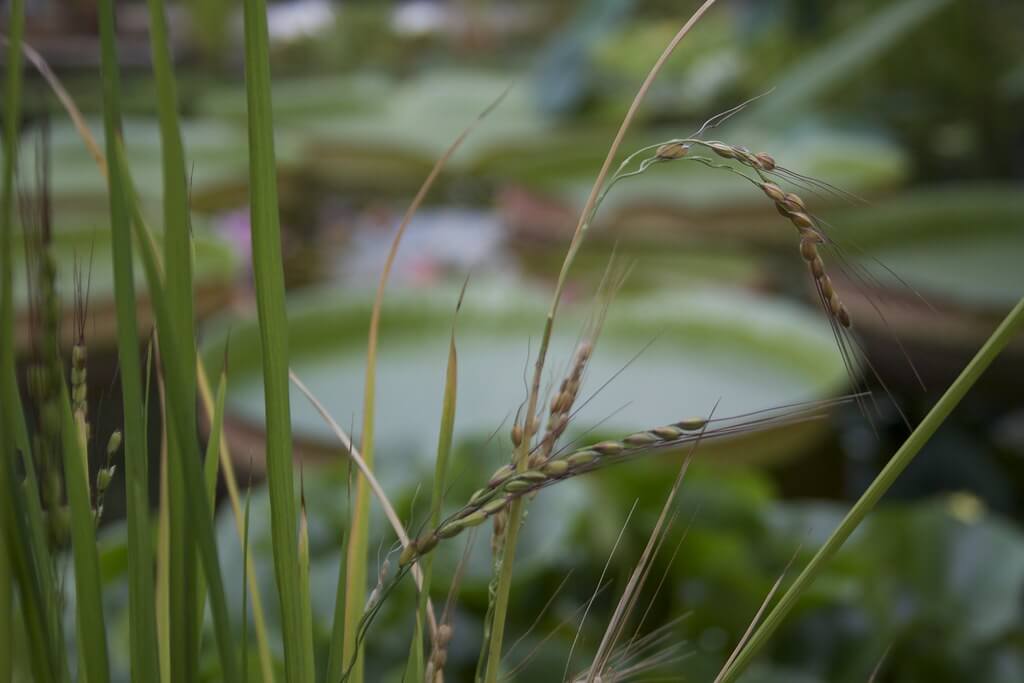Australian Plant Census (2011) available at: Vascular Plants APNI (biodiversity.org.au).
Australia's Virtual Herbarium (AVH) (2007). Council of Heads of Australian Herbaria (CHAH). Available at: Home - AVH (chah.org.au)
Bao-Rong Lu & Jackson, M. (undated). Oryza rufipogon, Wild Rice Taxonomy, Cereal Knowledge Bank, International Rice Research Institute.
Cameron, A.G. & Lemcke, B.G. (1999). Management of grazing of NT flood plains, Technote, 104.
Clayton, W.D., Harman, K.T. and Williamson, H. (2006- ). GrassBase – The Online World Grass Flora. Available at: RBG Kew: GrassBase - The Online World Grass Flora
Hussey, B.M.J. & Lloyd, S.G. (2002). Western Weeds: additions, deletions and name changes.
Neldner, V.J., Fensham, R.J., Clarkson, J.R., Stanton, J.P. (1997). The natural grasslands of Cape York Peninsula, Australia: description, distribution and conservation status, Biological Conservation, 81, pp. 121–136.
North American Plant Protection Organisation (NAPPO) (2003). Grains Panel Pest Fact Sheet: Oryza rufipogon Griff.
Scher, J (undated). Oryza rufipogon Griff, Federal Noxious Weed Disseminules of the U.S.
The Office of the Gene Technology Regulator (2005). The biology and ecology of rice (Oryza sativa L.) in Australia, The Department of Health and Aging.
Western Australian Herbarium (1998-). FloraBase - The Western Australian Flora. Department of Environment and Conservation. Available at: Taxon Profile of Oryza rufipogon Griff. | Florabase (dbca.wa.gov.au)



































